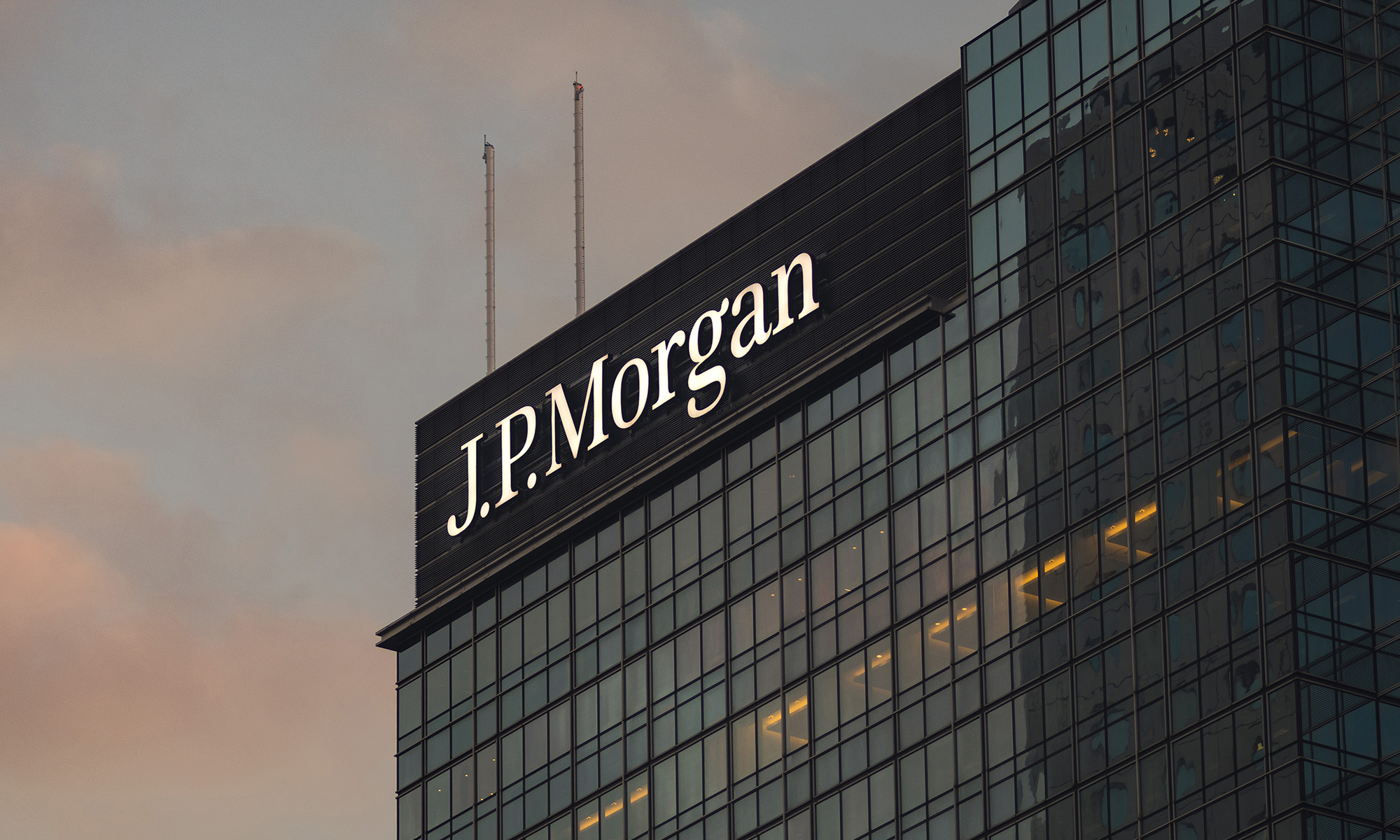JPMorgan Chase (JPM +1.05%) stock closed the trading week up 1.8% -- a surprisingly weak performance considering the bank's strong second-quarter results, but maybe not so surprising considering what else went down in the banking sector over the past five days. Regardless, investors don't realize how good they have it.
The good, the bad, and the confusing
First, the good news, or what should be taken as good news. JPMorgan reported second-quarter total net revenue of $25.2 billion and net income of $6.5 billion, versus $22.2 billion and $5.0 billion for the second quarter of 2012, respectively. Earnings per share were $1.60, versus $1.21 for the same period last year.
And now the bad news, or what is in all actuality good news.
Earlier this week, the Federal Reserve, the Office of the Comptroller of the Currency, and the Federal Deposit Insurance Corporation proposed new rules for America's financial system: All banks would be required to double their capital reserves, and the eight-biggest bank-holding companies would be required to have leverage ratios of 5%.
Foolish bottom line
Not only is net income up year over year for JPMorgan -- by a big 31% -- but more importantly, revenue is up, by 14%. Bottom-line growth is all well and good, and it's ultimately why companies exist and why investors invest, but income growth without revenue growth is unsustainable.
And if that's what you're seeing, it's probably coming from cost-cutting, but you can only cut so much fat; at some point you start cutting into muscle. For the first quarter of 2013, JPMorgan grew its total revenue by only 1.2% year over year but squeezed similar income growth out of that. Fourteen percent is a good number to see.
So why the glum week, and the 0.3% share-price drop on Friday, after these strong numbers were announced? Investors are worried about how rising interest rates will affect balance sheets of all the big banks, and how they will affect their mortgage businesses as well. CEO Jamie Dimon himself warned of a "'dramatic reduction' in future mortgage profits."
But even at 4.5%, more or less the going rate for a fixed-rate 30-year loan, mortgages are a bargain. And the threat of rising rates might push some people off the fence. Expect to see more of a drop off in JPMorgan's home-loan business in Q3, but it might not be as drastic a drop as some are expecting.
As for the proposed new banking rules, yes, JPMorgan will have to boost its capital levels to make the grade. But is has until 2018 to do so, and is projecting it can actually do it by 2015. In the end, safer banks are better for everyone, even investors. Yes, big profits backed by the implicit too-big-to-fail guarantee of the federal government may seem like a good thing, but shareholders can still be essentially crushed even if the government bails their banks out.
Along with a new Senate bill proposing to put a new version of Glass-Steagall into place -- which until 1999 separate investment banking from less risky forms of banking -- we might be at the beginning of the return to boring banks. But JPMorgan investors should ultimately rejoice in this, along with the bank's great second-quarter performance.






